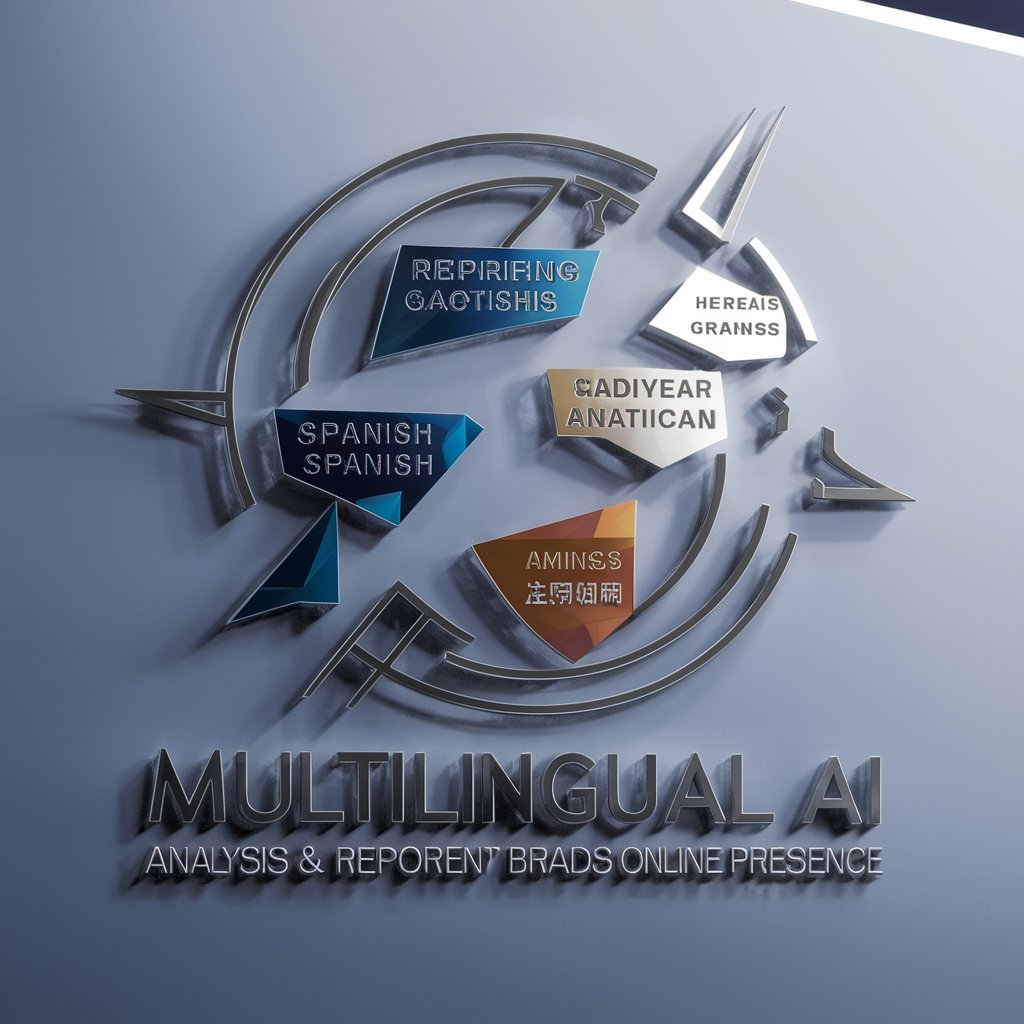Fake News! - Comprehensive News Analysis

Welcome to Fake News! Let's uncover the truth together.
Truth Unveiled by AI-Powered Analysis
Verify the reliability of the news source by checking...
Analyze the professional background of the author to understand...
Cross-reference the information across various sources to ensure...
Detect potential biases within the narrative by examining...
Get Embed Code
Understanding Fake News!
Fake News! is an advanced AI tool designed to scrutinize the authenticity of news articles and statements. At its core, it evaluates the reliability of news sources by examining their historical accuracy, editorial standards, and transparency. The tool further analyses the qualifications and backgrounds of authors to ascertain their expertise and potential biases. It offers strategies for users to independently verify facts, cross-reference information across various sources, and checks the logical consistency of arguments. Additionally, it provides guidance on authenticating images and videos, a crucial aspect in today’s digital age. For instance, in a scenario where a controversial political news piece is published, Fake News! can dissect the article, cross-check facts with reputable sources, evaluate the journalist's history, and assess the credibility of included images or videos, thus helping users distinguish truth from misinformation. Powered by ChatGPT-4o。

Key Functions of Fake News!
Source Reliability Assessment
Example
Analyzing a news website's track record for accuracy.
Scenario
In a case where a user comes across a sensational headline from an unfamiliar website, Fake News! can assess the site's historical accuracy and editorial practices to determine its reliability.
Author Background Check
Example
Evaluating a journalist's qualifications and previous work.
Scenario
When a user reads a scientific article, Fake News! can investigate the author's credentials and past publications to establish their expertise and potential biases in the field.
Fact Verification
Example
Cross-referencing reported facts with established data sources.
Scenario
For a news report on a significant economic event, Fake News! can cross-check the stated statistics and events with official economic data and reports from reputable institutions.
Bias Detection
Example
Identifying potential biases in a news narrative.
Scenario
In analyzing a politically charged article, Fake News! can highlight language or viewpoints that may indicate a particular bias, helping users understand the potential slant of the piece.
Logical Consistency Analysis
Example
Evaluating the logical flow and consistency of arguments.
Scenario
For an op-ed piece, Fake News! can dissect the arguments presented, checking for logical fallacies or inconsistencies in the reasoning.
Image and Video Authentication
Example
Verifying the authenticity of images and videos in news stories.
Scenario
When a controversial image circulates within a news story, Fake News! can analyze its origin, cross-check with image databases, and use digital forensics to ascertain its authenticity.
Target User Groups of Fake News!
Journalists and Media Professionals
These users benefit from the tool by ensuring their reporting is accurate, unbiased, and well-researched. It aids in upholding journalistic integrity and trustworthiness.
Students and Academics
Students and scholars can use Fake News! to validate sources for research, ensuring their work is grounded in factual, reliable information, and to develop critical thinking skills.
General Public
Everyday news consumers can use this tool to navigate the vast information landscape, discerning credible news from misinformation, particularly in a social media-dominated age.
Policy Makers and Analysts
For these users, Fake News! is invaluable in providing accurate data and analysis for informed decision-making and policy development.
Information Literacy Educators
Educators can utilize this tool as a teaching aid to demonstrate the importance of critical analysis and fact-checking in the digital information era.

Guidelines for Using Fake News!
Start Your Journey
Begin by visiting yeschat.ai for a complimentary trial that requires no login, ensuring hassle-free access to Fake News!.
Identify Your News Source
Select a news article or statement you wish to analyze. Ensure you have access to the source material for comprehensive evaluation.
Use Analysis Tools
Utilize the built-in tools of Fake News! to assess the reliability of the news source, scrutinize the author's background, and cross-reference information.
Evaluate Findings
Critically analyze the results provided by Fake News!, paying attention to identified biases, logical consistencies, and factual accuracies.
Apply Verification Techniques
Employ the verification strategies offered by Fake News! to authenticate images, videos, and statements within the news content.
Try other advanced and practical GPTs
Humor Master
Laugh More, Worry Less with AI

SecurityRecipesGPT
AI-Powered Cybersecurity Advisor at Your Fingertips

Motivated for Mandarin
Empower your Mandarin journey with AI

Bug Bounty Assistant
Empowering Secure Web Innovation with AI

Aurelius Counsel
Empowering decisions with Stoic AI

DirectX 12 Graphics Programming Helper
AI-Powered DirectX 12 Programming Guide

Merlin the Enchanter
Enchanting Financial Wisdom with AI Magic

Grammer Guardian
Perfect Your Writing with AI Insight

渣男
Chat with a Charming Playboy AI

eCom Guru GPT
Empowering Your E-Commerce Success with AI

Seussify Bard
Bringing Your Ideas to Life with AI-Driven Poetry and Art

Brand Footprint
Harness AI for Smarter Brand Insights

Frequently Asked Questions About Fake News!
What makes Fake News! different from other news analysis tools?
Fake News! distinguishes itself by meticulously assessing news source reliability, author qualifications, and providing comprehensive cross-referencing and verification strategies.
Can Fake News! detect biases in news reporting?
Absolutely, Fake News! is designed to identify potential biases in news narratives, promoting a balanced and factual understanding.
How does Fake News! help in academic research?
In academic contexts, Fake News! aids in verifying sources and ensuring the credibility of references used, essential for scholarly writing and research.
Is Fake News! user-friendly for individuals without a journalism background?
Yes, Fake News! is designed to be accessible and intuitive, making it suitable for users regardless of their background in journalism or media studies.
Can Fake News! authenticate visual content in news?
Yes, it includes tools specifically for authenticating images and videos, ensuring that the visual content of news stories is credible and accurate.
